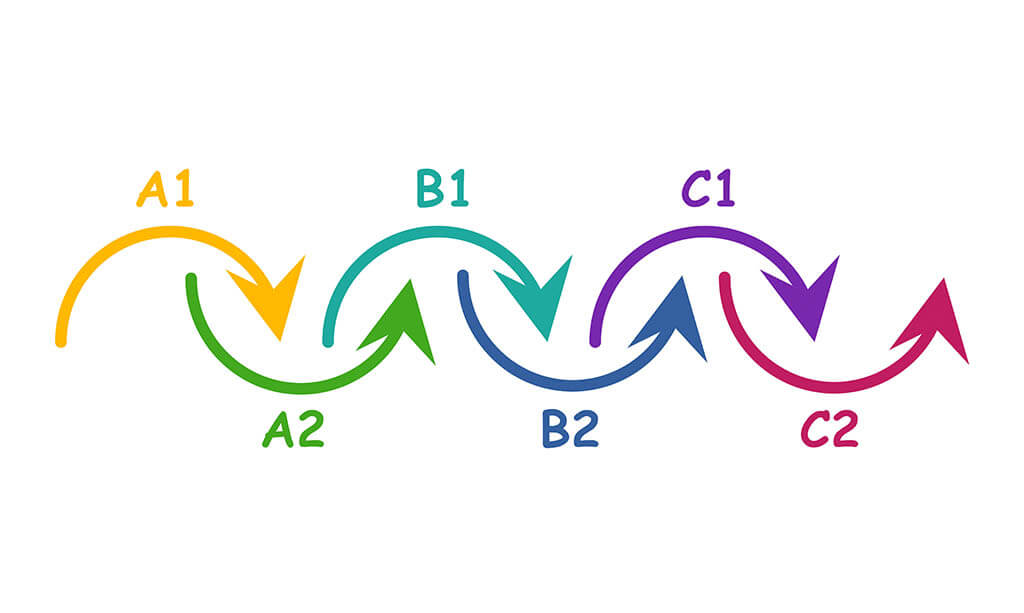Teaching English as a Second Language can sometimes feel like a balancing act. On one hand, you want to make sure your students are challenged; on the other, you don’t want to overwhelm them. Designing lesson plans that match proficiency levels is key to a productive learning experience. So, let’s dive into how to make this happen.
Assessing Your Students
Before anything else, you need to assess your students’ current level. While some students might be comfortable with basic conversation, others might be ready to explore complex sentence structures. Traditional tests, like the Common European Framework of Reference (CEFR) exams, are useful. But also pay attention during class discussions and exercises; you’ll get a good sense of your students’ abilities.
Beginner Level
If you’re dealing with beginners, the focus should be on building a strong foundation. Think about basic vocabulary and everyday phrases. For instance, create exercises that involve naming objects around the room, or perhaps focus on simple greetings and introductions. At this stage, visual aids and interactive activities like ‘fill in the blanks’ or ‘match the column’ can go a long way.
Intermediate Level
The intermediate level is a mixed bag. Students can understand and produce familiar language but usually falter with complex structures. Focus on broadening vocabulary and introducing idiomatic expressions. Role-play exercises are fantastic here. You can simulate real-world situations, like a job interview or grocery shopping, and have your students practice the dialogue.
Advanced Level
Advanced students are typically eager to fine-tune their language skills. Now’s the time to dive into complex topics like abstract concepts or nuanced expressions. Discussions and debates are invaluable at this level. Pick current events or ethical dilemmas and have students argue their point of view. It not only helps them with language but also teaches critical thinking.
The Importance of Flexibility
While it’s crucial to have a structured lesson plan, flexibility is equally important. Sometimes, you might need to switch gears if you realize the class isn’t connecting with the material. Have a few backup exercises handy to keep the momentum going.
Online Resources
There’s no need to reinvent the wheel. Plenty of online platforms offer lesson plans tailored to various proficiency levels. Websites like english4tutors provide plans that range from beginner to advanced, often complete with exercises and answer keys.
Wrapping It Up
Creating proficiency level ESL lesson plans doesn’t have to be daunting. Start by assessing your students’ needs and tailor your approach accordingly. Keep your lessons engaging with a variety of activities and themes that are relevant to the students’ daily lives. Remember, the ultimate goal is to facilitate real-world communication skills, so aim for a balance between structure and practical application. By staying attuned to your students’ needs and adapting your methods, you’ll create a learning environment where everyone can thrive.






